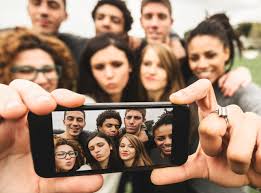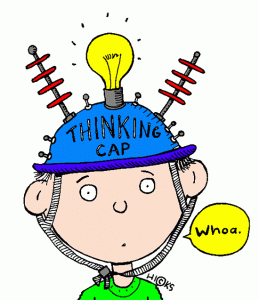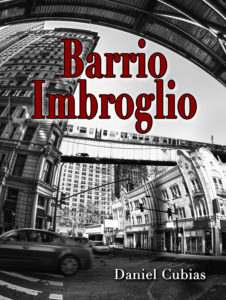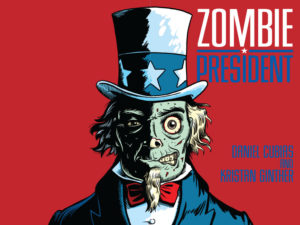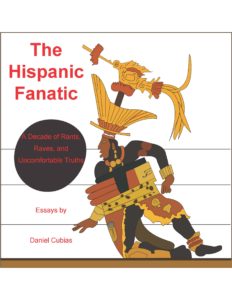We have heard from disgraced presidents and esteemed journalists, from nervous demographers and right-wing bigots, from talk show hosts and the oversampled, oversimplified residents of mythical Middle America.
Any they all agree.
Today’s immigrants — primarily Latinos — are just not assimilating. In fact, they seem determined to sequester themselves in ethnic enclaves and keep jabbering away in Spanish. They certainly are not merging into mainstream American culture the way previous immigrants (of good and pure European stock) once did.
Harrumph.
Well, there’s just one problem with that analysis. Actually, there several problems with it, ranging from petty ignorance to overt racism, but we’ll focus on one flaw in the argument:
It’s not true.
You see, numerous studies have found that Latino immigrants “assimilate very well,” when looking at such factors as educational attainment, labor market integration, and yes, English proficiency. The assertion that Hispanics refuse to join American society is a well-known conservative talking point that has the unfortunate trait of being a pathetic lie.
Now, one can argue over what we mean by “assimilation,” and even whether the term itself is prejudicial. But there is no debate that Latino immigrants and their children are adapting to America very well.
Still, what about those sainted immigrants of yesteryear? We have all heard myriad variations of “My grandfather came here from Norway and never spoke Norwegian again!” Or perhaps it was “My grandmother arrived from Italy and banished everything remotely Italian from her house forever!”
At the risk of busting two myths in one article, I have to point out that this trope — the European immigrant who became “American” overnight — is ludicrous.
Hey, I’ve written before about my home state of Wisconsin, which had a thriving German-immigrant community well into the 20thcentury.
But since we’re on the topics of Germans — and how perfectly they assimilated into America — this might be a good place to point out that as late as 1938, the German-language Staats Zeitung newspaper was selling 80,000 copies a day in New York City.
This was right around the time when 20,000 Nazis held a rally at Madison Square Garden, an event sponsored by “the German American Bund, an organization with headquarters in Manhattan and thousands of members across the United States.”
Yes, I said 20,000 Nazis in Madison Square Garden.
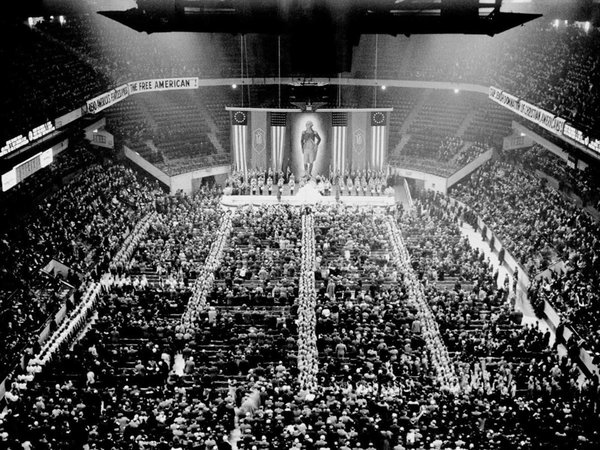
The German American Bund “had parades, bookstores and summer camps for youth,” offering a vision that “was a cocktail of white supremacy and fascist ideology.”
Also, there was that whole Nazi spy ring, made up primarily of German ex-pats, who tried to steal American military secrets and pass them to the Fuhrer.
So I’m pretty sure that rallying thousands in support of your homeland’s murderous ideology, and actively working to defeat your adopted country in a war, isn’t quite assimilating perfectly.
My intention is not to demonize European immigrants. Just to be clear, the vast majority of Germans who moved to America displayed great patriotism. Also, that Nazi spy ring was broken up by a German immigrant who hated fascists.
Plus, I married a fine Wisconsin girl of German ancestry, so there’s that as well.
The point is that we have allowed Latino immigrants to be slandered, slurred, and denigrated, insisting that they can never truly be part of America. And we have done this while shouting that the European immigrants of a century ago became instant patriots about nine seconds after they set foot on U.S. soil.
Neither assertion is true, and to perpetuate them goes beyond simple disservice to the truth. It advances the goals of racists and xenophobes. It harms America.
One final point about Nazis. Recently, students at a Georgia university burned the books of Latina author “following a lecture in which she argued with participants about white privilege and diversity.”
Burning books, of course, is a straight-up fascist move. And this begs the question:
When are those students going to assimilate to American values?
